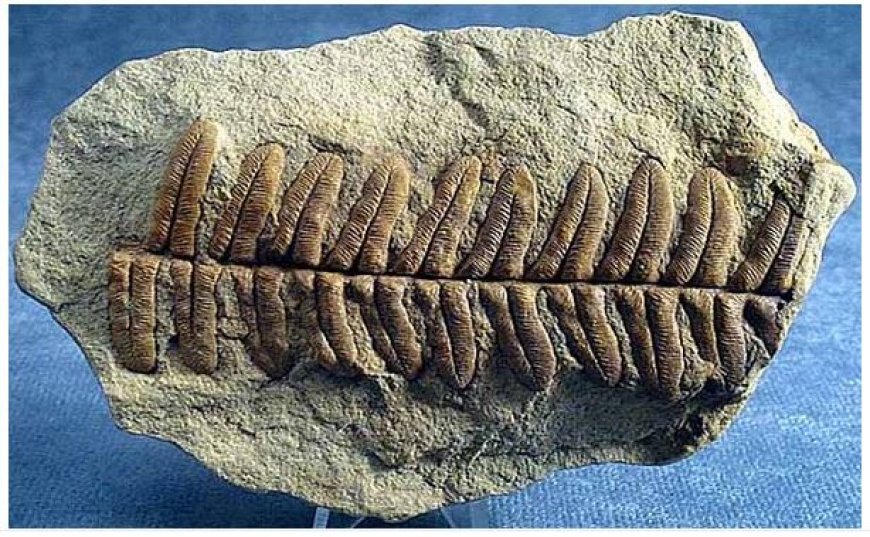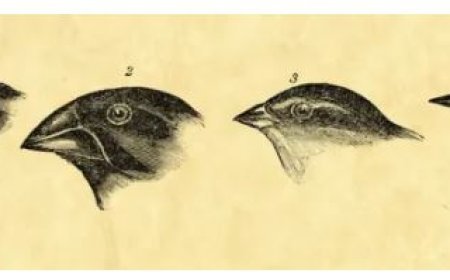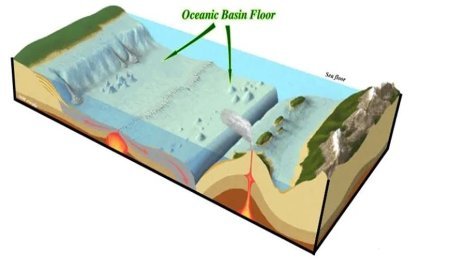IMPORTANT PLANT FOSSILS IN INDIAN STRATIGRAPHY
Explore the world of plant fossils in Indian stratigraphy and learn about their significance in reconstructing Earth's past ecosystems. Discover the importance of plant fossils in understanding India's geological history.

Important Plant Fossils in Indian Stratigraphy
- India, with its various geological formations, is a treasure trove for paleobotany and stratigraphy.
- The study of plant fossils in Indian stratigraphy has offered essential insights into the Earth's climate history, ecological changes, and evolution.
1. The importance of plant fossils
1.1 Paleoenvironmental Reconstruction
- Plant fossils are essential for reconstructing past environments.
- They provide insight into climatic conditions, vegetation kinds, and ecological processes in ancient ecosystems.
1.2 Biostratigraphy
- Plant fossils help geologists date sedimentary layers.
- Different plant species or assemblages can reveal the relative age of rock formations.
1.3 Evolutionary Insights
Analyzing plant fossils helps us comprehend plant evolution and diversity.
2. Key stratigraphic units containing notable plant fossils
2.1 Gondwana Group
The Gondwana deposits from the Permian to Jurassic eras are abundant in plant fossils.
2.1.1 Key Fossils
- Glossopteris: A seed fern from chilly and temperate areas
- Lepidodendron, a tree-sized clubmoss, represents the vast woods of the coal-age epoch.
- 2.1.2 Significance: Plant fossils in Gondwana deposits offer light on the period's climate and biodiversity.
- 2.2 Deccan Traps: The volcanic Deccan Traps include plant fossils from the post-eruption period.
2.2.1 Important Fossils
- Fossils of the genus Cycas indicate the existence of gymnosperms in the region after eruptions.
2.2.2 Significance
- The fossils provide insight into the flora's durability and adaption to volcanic circumstances.
2.3 Siwalik Group
- The Siwalik strata from the Miocene to Pleistocene epochs include a diverse range of plant remains.
2.3.1 Significant Fossils
Willow and oak (Salix and Quercus) represent the region's floristic variety throughout the Miocene period.
2.3.2 Significance
Plant fossil diversity indicates climate change and herbivore interactions.
3. Important Regions for Fossil Research
3.1 Wardha Basin: Well-preserved fossilized remains are found in coal beds.
The Chhattisgarh Basin contains rich fossil assemblages that help us understand old, wet tropical forests.
3.2 Kutch Basin: This region contains plant fossils, including cycads and ferns, that help recreate the Jurassic environment.
4. Methodologies for Paleobotanical Studies
4.1 Field Sampling: Collect samples carefully from layered layers to prevent contamination.
4.2 Microscopic Analysis: Species are identified by examining thin slices of fossilized plant material using a microscope.
4.3 Carbon Isotope Studies: Analyzing carbon isotopes provides insight into previous climates and plant kinds.
4.4 Paleoclimate Modeling: Uses fossil data to anticipate past climate scenarios.
What's Your Reaction?



































